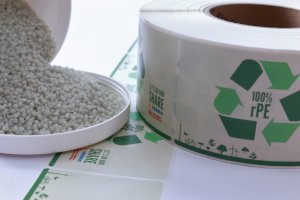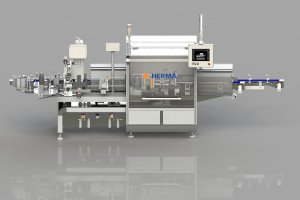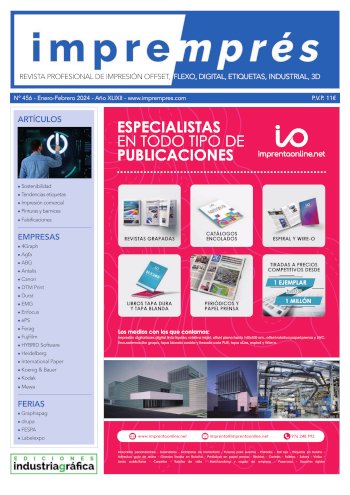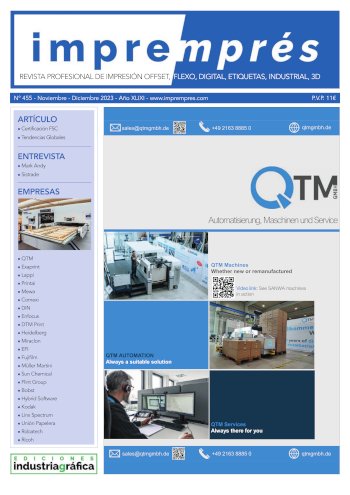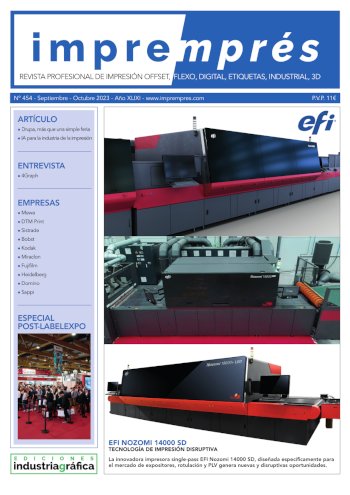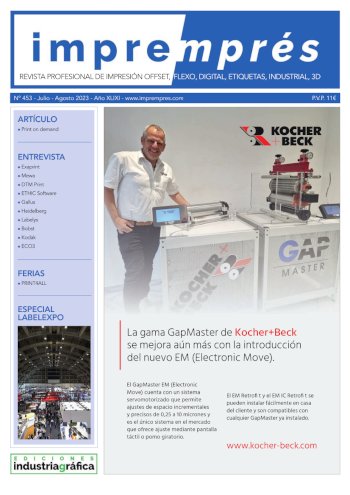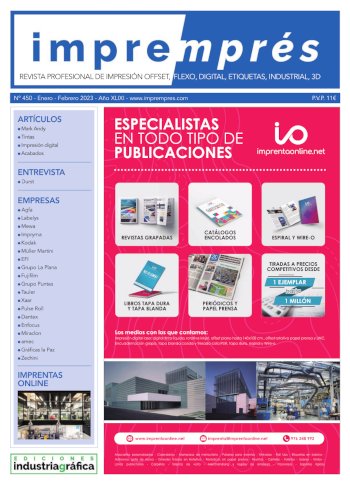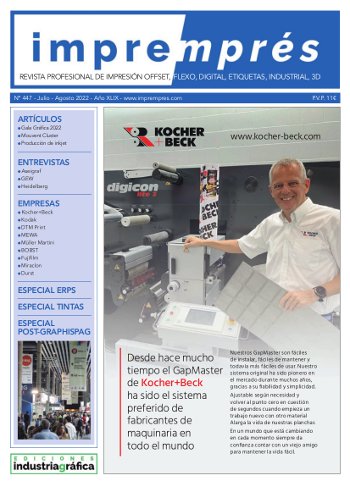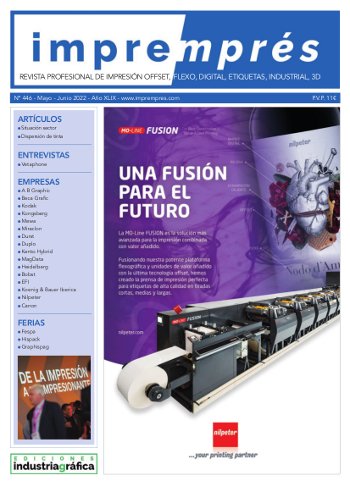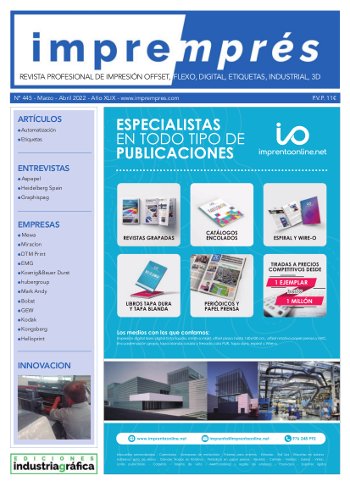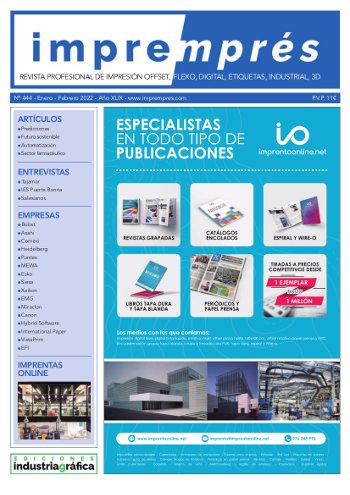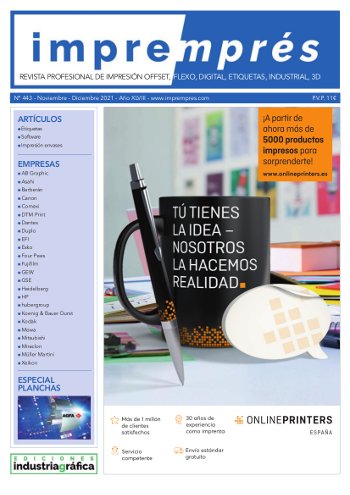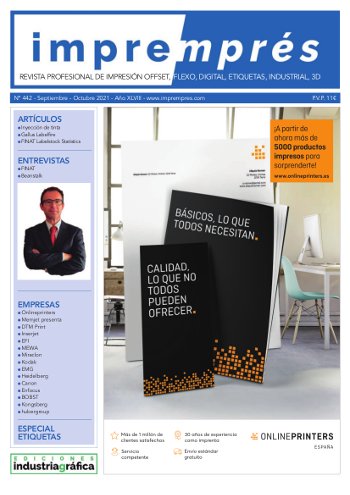HERMA moving towards net zero emissions by 2040
- Publicado el 07 de Julio de 2023
HERMA is abandoning all fossil fuels and committing wholesale to green electricity. By applying this policy, the specialist in packaging and labelling technology intends to cut its CO2 emissions by more than 42 percent (measured against 2021) by as early as 2030.
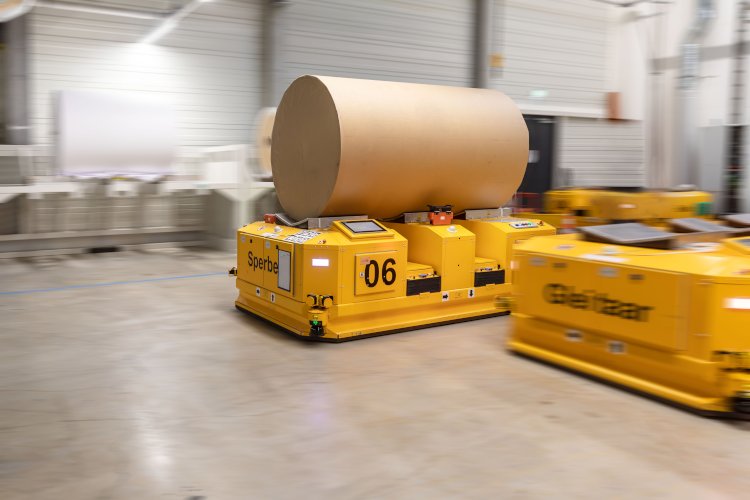
The company has now underscored its commitment by joining the global Science Based Targets Initiative (SBTi). It has set itself the separate goal of achieving net zero emissions – including indirect emissions – by 2040. SBTi members pledge to take voluntary action to achieve science-based targets deemed necessary to limit global warming to 1.5 degrees Celsius till the year 2100 above pre-1850 levels as demanded by the Paris Agreement, which was ratified by 195 nations and the EU in 2015.
“The measures we are now initiating as a company – and will be reporting on annually to the SBTi – illustrate our commitment to the 1.5-degree-Celsius target,” says HERMA’s Chief Sustainability Officer Marcus Gablowski. “The goals set by the SBTi are much more ambitious and definite than many general climate declarations. These are often based only on what is considered possible at the time. The SBTi is guided by what is absolutely essential.”
More than 3,000 companies worldwide have already joined the initiative. Together, they account for around one-third of global market capitalisation. The SBTi was established by the United Nations Global Compact (UNGC), World Resources Institute (WRI), the conservation organisation WWF and the Carbon Disclosure Project (CDP).
In pursuit of a more than 42 percent reduction in CO2 emissions by 2030, HERMA is focusing primarily on the wholesale electrification of its headquarters in Filderstadt. As is already the case, the power it consumes is to be generated exclusively from renewable sources, including wind, hydro and photovoltaics. Within the next seven years, the share of electricity in HERMA’s overall energy consumption is to rise from just over 25 percent to at least 50 percent, while the portion of gas will drop to below 50 percent. By 2030 some of the demand for heat and steam in its production processes will be met by electricity as well.
“Given that electrical energy is more efficient than gas, the switch we are making will also help us to meet our climate targets,” insists Gablowski. During the 2030s, the gas required for drying the paper webs is to be phased out. It has yet to be established whether the alternative energy source will be green hydrogen, special heat pumps or biogas. “We will be carefully examining which technology is the most suitable for our purposes,” explains the HERMA CSO.
In joining the SBTi, HERMA has also undertaken to reduce the CO2 emissions throughout its supply chain by more than 25 percent (measured against 2021) by 2030. “We will be collaborating with our suppliers to determine how this target can be met. One of the options is for suppliers to cut the CO2 emissions they generate during raw material production. Another lever available to us is to select suppliers according to their CO2 footprint. Among the other policy choices could be a higher proportion of recycled material in the intermediates, further improvements in recyclability, and reduced material consumption,” comments Gablowski.
HERMA will be investing an eight-figure sum in the period to 2030 in order to reach its climate targets alone. Additional capital will be invested in supporting measures, including the switch to a climate-neutral vehicle fleet; optimising the efficiency of all drives, such as those in production machinery, pumps and ventilation systems; installing a photovoltaic system for own solar power generation; and LED lighting.





